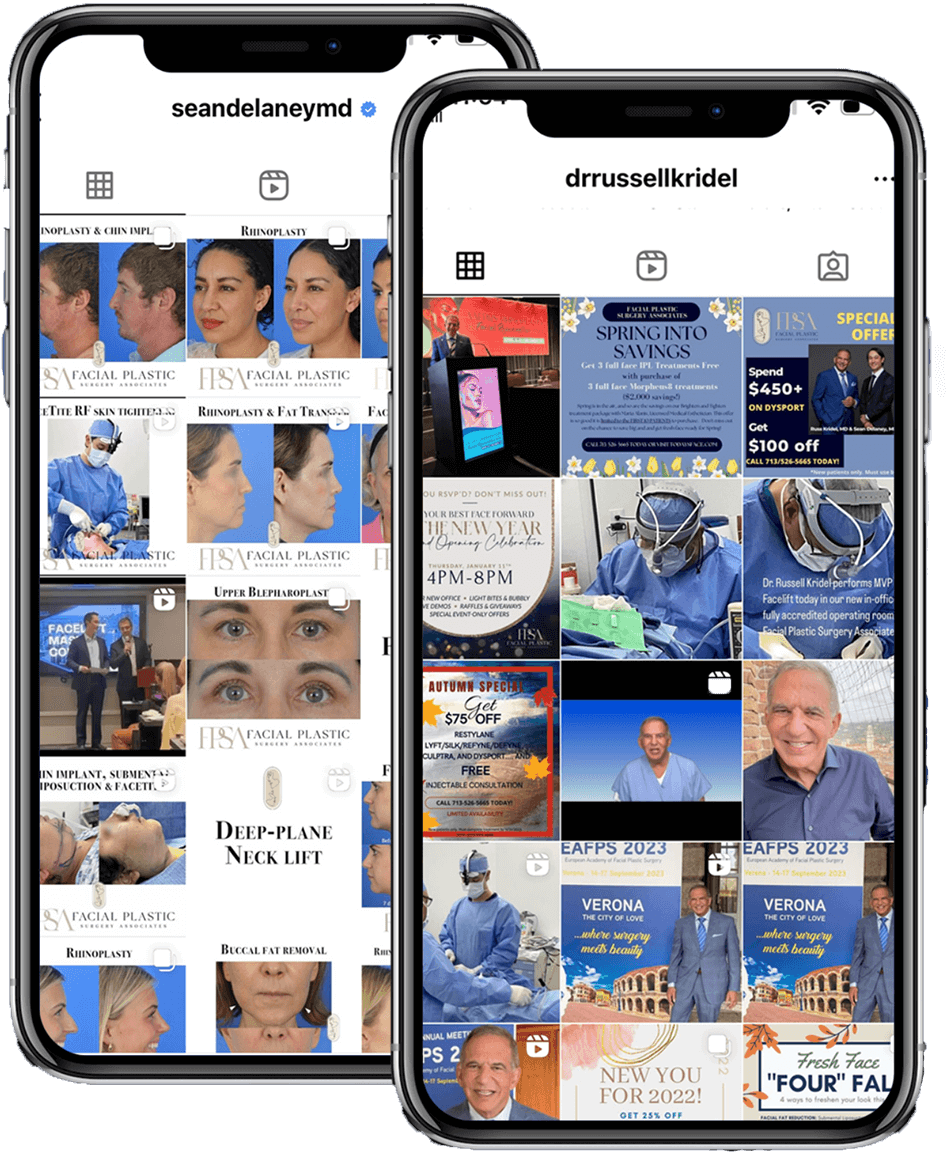October 14, 2025 | Facelift
6 minute read

Once you’ve attended a consultation and scheduled your Deep Plane Facelift, your focus can shift to the next step in your journey to facial rejuvenation: Recovery. This stage is essential, as your body heals, your results take shape, and the anticipation of your final results grows. Knowing what to expect from your facelift recovery makes the process less intimidating and allows you to prepare yourself for the healing process so that you can feel more in control. In this blog, we’ll go over what you can expect from the facelift recovery process so that you can approach this transformative procedure with confidence.
Table of Contents
- How Long Does Recovery Take After a Deep Plane Facelift?
- Week By Week Deep Plane Facelift Recovery Guide
- Tips For Ensuring a Smooth Deep Plane Facelift Recovery
- Tips For Speeding Up Your Deep Plane Facelift Recovery
- Learn More About Facelift Surgery in Houston
How Long Does Recovery Take After a Deep Plane Facelift?
While recovery after a facelift or Deep Plane Facelift is unique to each person, you can expect about two weeks of downtime. Most people are back to their regular routines by the third week. Bruising, swelling, and tightness are common side effects experienced in the early stages of healing, but they typically improve quickly and steadily. Many facelift patients feel comfortable returning to social activities within three to four weeks, as most of the swelling has gone down and any residual bruising and incisions are easily concealed with makeup. However, keep in mind that the results you see at this point aren’t final—subtle healing will continue for several months as the manipulated tissues settle into their new, more youthful contours. The key to a successful facelift recovery is patience, as your results refine and look more natural over time.
Week By Week Deep Plane Facelift Recovery Guide
Week 1
The first few days after your Deep Plane Facelift are the most intensive part of the healing process. Swelling and bruising peak around days two to three, and your face may feel tight or heavy. Dr. Sean Delaney places a compressive wrap around your face and neck for the first two days to protect your face and apply gentle compression. After that, you will be switched to a facial sling that you will wear continuously for the next week to continue to support your healing tissues and minimize swelling. Driving should be avoided during this time to prevent unnecessary neck movement. Instead of turning your head, swivel from your waist to protect your sutures.
Sleeping on your back with your head elevated above your heart is crucial, and using a flat pillow—or no pillow at all—keeps your neck from bending forward. Makeup can be applied a few days after surgery, as long as you avoid the incisions. You’ll also be able to shower the day after your initial hair wash in our office. Dr. Delaney will see you for a follow-up appointment at the one-week mark to ensure everything is healing properly.
Weeks 2–3
By now, bruising (if any) has begun to fade, and swelling is less pronounced. You’ll continue to wear the facial sling, but only at night, for an additional week. This helps maintain your results while providing you with more comfort throughout the day. Another follow-up visit with Dr. Delaney takes place at two weeks, providing you with reassurance that your facelift progress is on track. Continue to sleep on your back with your head elevated to avoid pressure on your healing tissues. However, you won’t have to sleep quite as elevated as you did during the first week after surgery. While you can gradually resume light activities, strenuous exercise and heavy lifting should still be avoided.
Weeks 4–6
By this stage in your facelift recovery, much of the swelling has subsided, and your results begin to take shape. While you may still notice mild tightness or numbness, you can resume social outings and return to work if you haven’t already. While you can begin easing into light exercise, you’ll need to hold off on vigorous workouts or anything that significantly raises your heart rate until after week six.
Months 2–4
Residual swelling continues to diminish, and your facial features will appear more youthful and refined. Any lingering sensations of numbness around your incisions will gradually subside, and scars will continue to mature and soften. You will likely feel fully “back to normal” during this stage, though deeper healing continues for several months.
Tips for Ensuring a Smooth Deep Plane Facelift Recovery
The best way to ensure a smooth facelift recovery is to follow Dr. Delaney’s instructions closely. His post-operative guidelines are designed to reduce complications and optimize your facelift results. During your facelift recovery, you should:
- Keep your head elevated without flexing your neck by sleeping on a wedge pillow or in a recliner to help minimize swelling during the first couple of weeks.
- Avoid strenuous activity, such as heavy lifting and vigorous exercise, until you are cleared by Dr. Delaney.
- Stay hydrated and eat a balanced diet rich in lean protein, fruits, and vegetables to help support tissue repair and recovery. Avoid salty meals and processed sugars.
- Protect your newly refreshed skin and healing incisions by using a broad-spectrum sunscreen and avoiding direct sun exposure.
Tips For Speeding Up Your Deep Plane Facelift Recovery
While healing after a facelift cannot (and should not) be rushed, there are ways to help optimize your recovery:
- Lymphatic drainage massage to reduce swelling
- Cold compresses
- Hyperbaric oxygen therapy to boost circulation and cell repair
- Light-based therapies to help reduce residual redness
- Stress management to promote overall wellness for a smoother recovery
Learn More About Facelift Surgery in Houston
Recovery after a Deep Plane Facelift is a process, but one that’s well worth the wait. Knowing what to expect, preparing as much as possible, and following Dr. Sean Delaney’s aftercare instructions can help ensure you reap the benefits of natural-looking, lasting facial rejuvenation. To learn more about your facelift options at Facial Plastic Surgery Associates, call our office today at (713) 526-5665 or complete our online request form.




